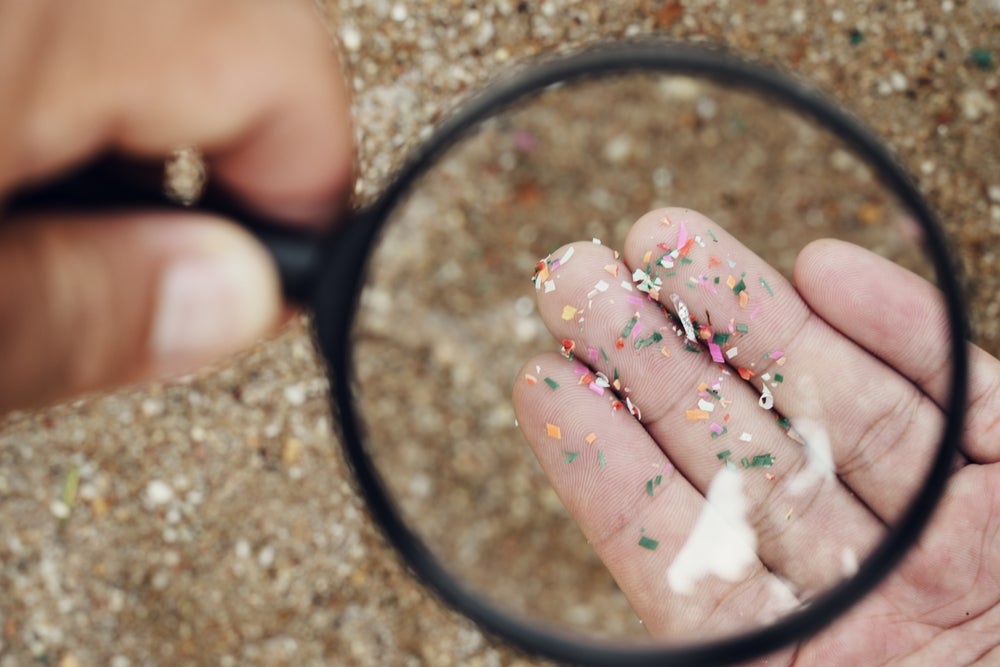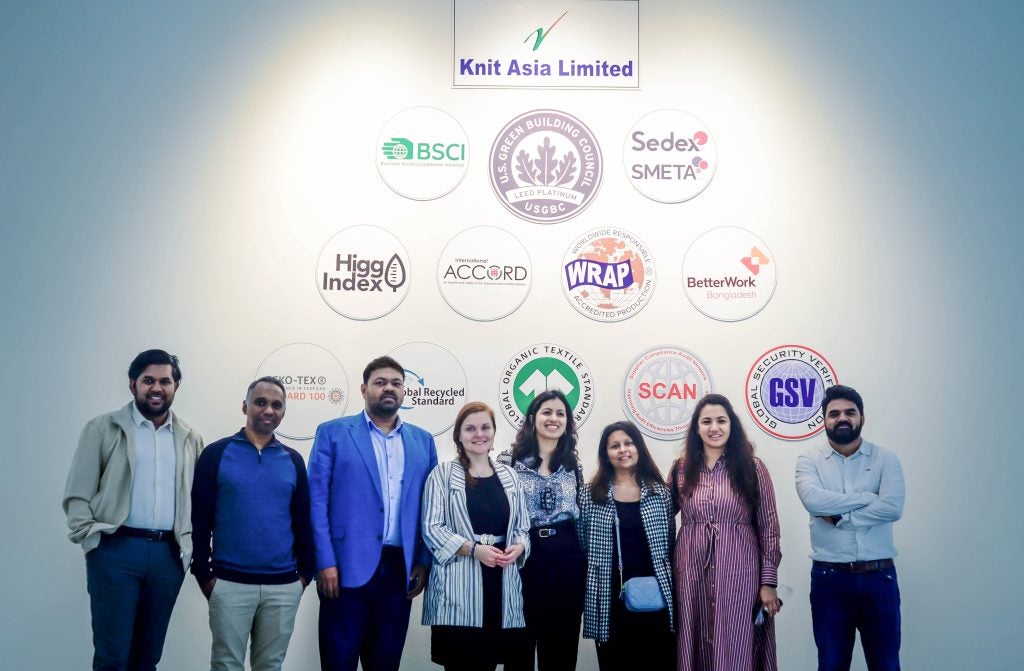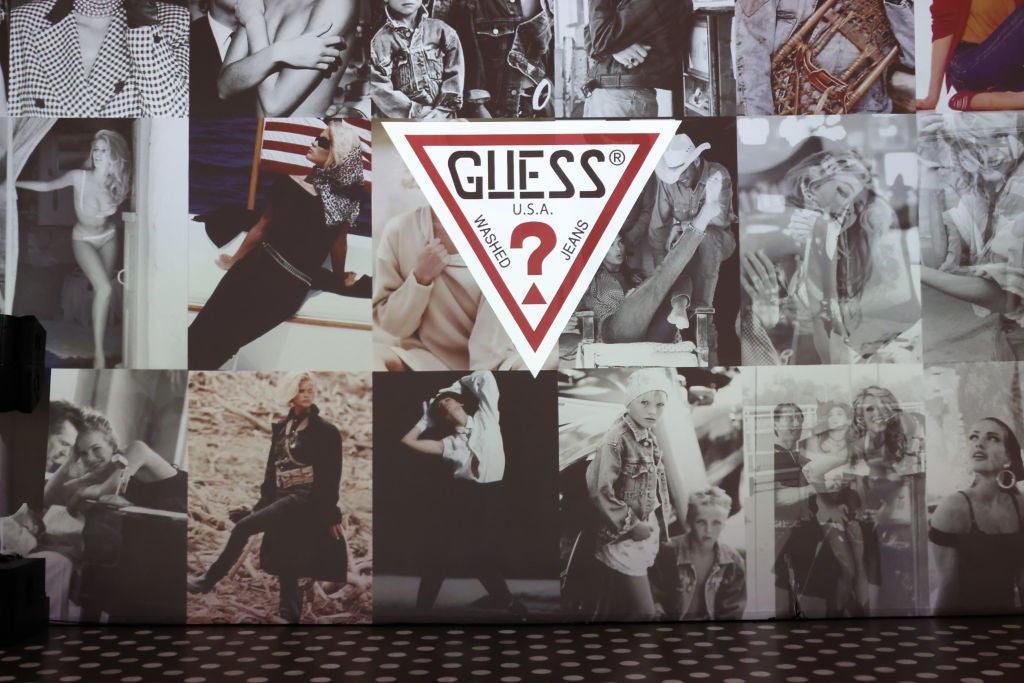The newly developed fibre-shed test kits, now available for purchase from James Heal, implement Under Armour's simplified and repeatable testing method.
The method aims to tackle the often-overlooked sustainability issue posed by microfibres and microplastics.
By shedding light on the shedding of synthetic and natural fabrics during production, wear, and cleaning processes, the test method enables industry players to better understand and address their contribution to the microfibre problem.
Under Armour first unveiled its fibre-shed test method earlier this year after years of research in its innovation lab.
Following months of collaboration, Under Armour and James Heal have developed and optimised fibre-shed test kits designed for industry use.
To facilitate the adoption of the test method within its supply chain, Under Armour has provided complimentary test kits to high-volume textile mills in its supply chain to encourage early intervention within its indirect scope.
Michael Levine, vice president and chief sustainability officer for Under Armour, highlighted the collaborative nature of sustainability efforts, stating: “Sustainability is a team sport, and we are thrilled to make this innovative measurement alternative widely available to the industry as we leverage it across our brand.”
This collaboration also includes ongoing support and technical guidance from Hohenstein, a global testing, research, and certification leader in the textile sector.
Dr Timo Hammer, CEO at Hohenstein, underscored the significance of the new method in complementing their testing portfolio and said: "We are proud to support Under Armour and its suppliers as a neutral third-party facility for testing and technical guidance."
In addition to making the test method publicly available, Under Armour is actively working towards reducing shedding in its products.
Through a pilot programme, the company is developing a reduced-shed version of its largest fleece offering, set to launch in Fall/Winter 2024.
Kyle Blakely, senior vice president of innovation for Under Armour commented: “Until now, integrating fibre-shed testing into industry research and development activities has required a significant time and cost investment.
“At Under Armour, we believe intervening early to mitigate shedding is critical, which is why our test method is designed to specifically address these time and cost barriers to entry."
These current initiatives align with Under Armour's broader sustainability goals, aiming for 75% of its products to be made of low-shed materials by 2030.
Sam Tissington, commercial director at James Heal added: “Fibre-shedding in the textile industry is an extremely prevalent topic, and we are as keen as any to support ways to reduce this.
"We are proud to support Under Armour in their attempts to further reduce the shedding of fibre throughout the manufacturing process of textiles."















